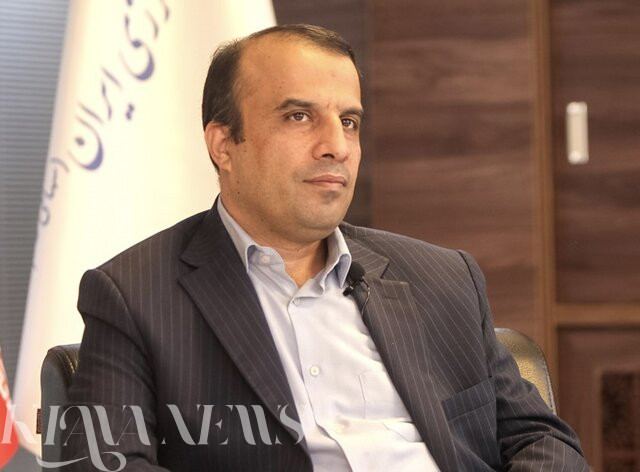Tehran, Iran – Iran’s Energy Exchange has achieved a significant milestone, surpassing $20 billion in exports while expanding its financial instruments for energy trade. The exchange, which was established in 2012 to enhance market transparency and increase private sector participation in oil, gas, and electricity trading, continues to play a crucial role in the country’s economic landscape.
The Evolution of Iran’s Energy Exchange
The Iranian stock market traces its origins back to 1967, with the establishment of the Tehran Stock Exchange. However, it was not until after the 1979 Islamic Revolution that commodity exchanges began to take shape. In 2012, Iran’s Energy Exchange was created to provide a structured platform for trading energy carriers, ensuring price transparency and fostering competition.
According to Ali Naqavi, CEO of the Iran Energy Exchange, the market was designed to operate within the framework of the Securities Market Law, approved by Iran’s Supreme Council of the Stock Exchange in July 2012. Trading officially began in March 2013, focusing on various energy carriers, including crude oil, natural gas, electricity, and petroleum products.
“Unlike some exchanges that rely on foreign trading systems, all technological and operational infrastructure of Iran’s Energy Exchange has been developed domestically, making it the only exchange in the country with an entirely local trading system,” Naqavi noted.
New Financial Instruments and Market Growth
Iran’s Energy Exchange has introduced innovative financial tools to enhance liquidity and expand investment opportunities. Key developments include:
- Energy-Backed Securities: The exchange has successfully launched standard parallel futures contracts, with over $2.7 billion (109 trillion tomans) in energy-backed securities issued to date. These instruments enable energy producers to secure financing while offering investors a structured way to participate in the energy market.
- Environmental and Renewable Energy Certificates: In 2017, the exchange introduced energy efficiency certificates, a market-based mechanism to encourage energy conservation. The first transactions involving natural gas savings certificates took place in 2023, marking a step toward optimizing energy consumption.
- Renewable Energy Market Expansion: Iran became the first country in West Asia to establish a green electricity market, facilitating the trade of renewable energy credits. This initiative aims to attract private investment into Iran’s renewable energy sector, encouraging the development of solar and wind power projects.

A Transparent and Competitive Energy Market
Iran’s Energy Exchange is designed to increase transparency and competitiveness in energy trading. The platform has played a pivotal role in fuel exports, particularly between 2019 and 2021, when gasoline and diesel exports through the exchange positioned Iran as a key supplier in the region. However, recent policy changes and rising domestic consumption have impacted Iran’s share in the regional fuel market.
Despite these challenges, the exchange remains a key player in natural gas, white oil, naphtha, and liquefied petroleum gas (LPG) trading, with total exports exceeding $20 billion. Additionally, competitive bidding on the exchange has generated over $224 million in extra revenue for suppliers.
Infrastructure Development and Future Plans
Iran’s Energy Exchange continues to expand its operations:
- Electricity Market Growth: More than 30% of Iran’s electricity transactions now take place on the exchange. In 2023, Iran launched the first renewable energy trading platform in West Asia, encouraging private-sector participation in green energy production.
- Financial Transparency: The exchange has implemented internal auditing mechanisms to improve financial governance and ensure transparency in energy transactions.
- Upcoming Initiatives: Iran recently approved natural gas deposit certificates, expected to launch soon in collaboration with National Iranian Gas Company. Additionally, the exchange is preparing to introduce water efficiency markets as part of broader sustainability efforts.
Strategic Role in Iran’s Energy Sector
As Iran seeks to modernize its energy sector and attract investment, the Energy Exchange remains a cornerstone of economic policy. The expansion of financial instruments, coupled with efforts to increase private-sector involvement, signals Iran’s commitment to leveraging market-based mechanisms for economic resilience.
The Iran Energy Exchange continues to adapt to global trends, balancing domestic energy needs with international market opportunities. With ongoing developments in renewable energy, carbon trading, and financial derivatives, the exchange is well-positioned to drive sustainable growth in Iran’s energy sector.